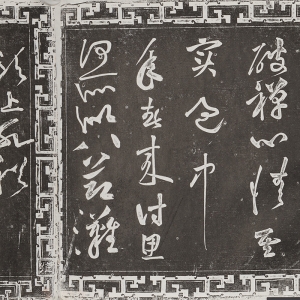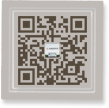Exhibition of the Sanxitang Shiqubaoji Model Calligraphy
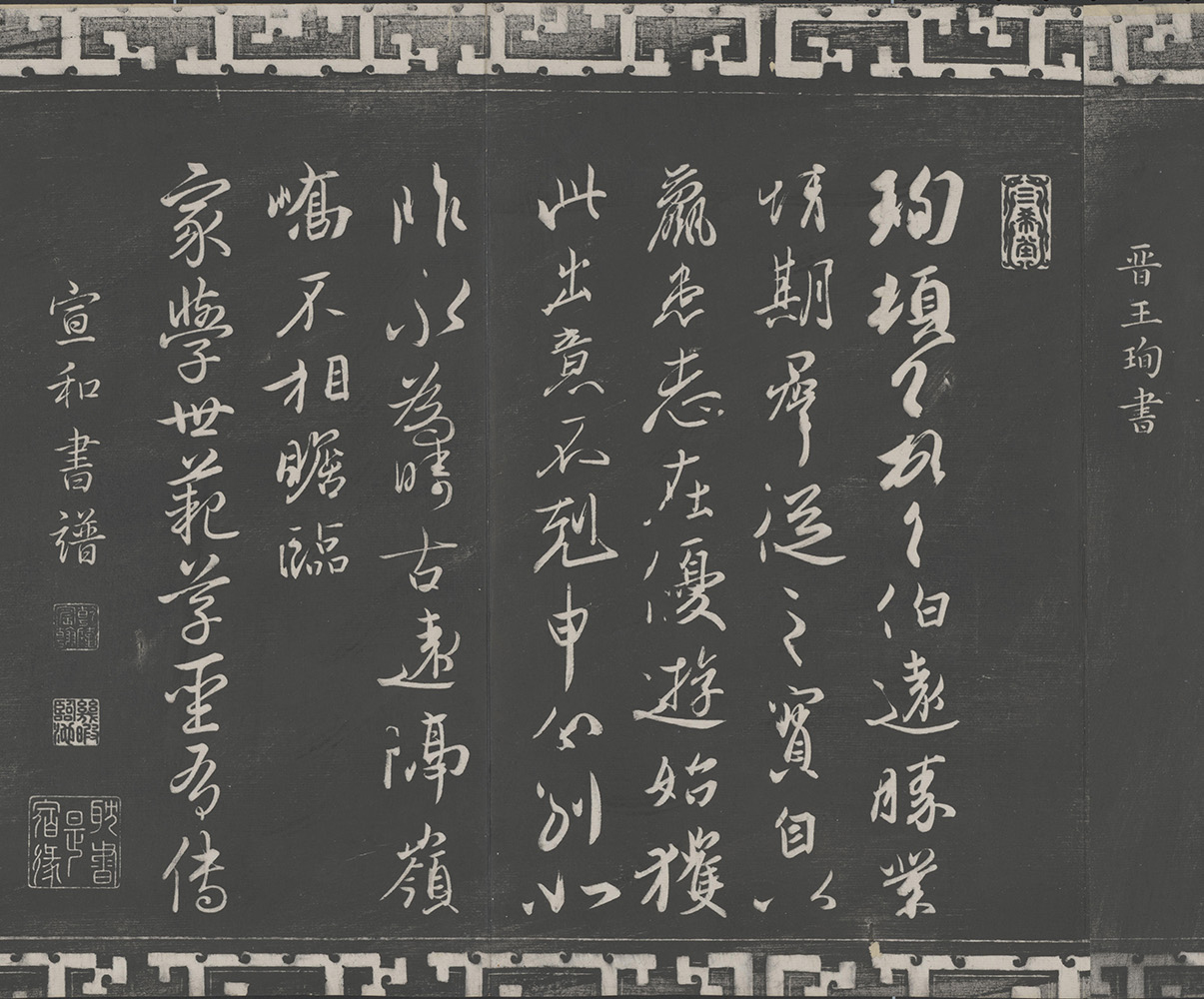
Introduction
Exhibition of the Sanxitang Shiqubaoji Model Calligraphy
The Sanxitang Model Calligraphy was carved in 1747. Emperor Qianlong ordered officials including Liang Shizheng and Jiang Pu to carefully select from, copy and carve the famous calligraphy works of various dynasties in Shiqubaoji, which took them 7 years. The model calligraphy got its name because it contains Emperor Qianlong's three favorite calligraphy works – A Sunny Scene After a Quick Snow by Wang Xizhi, Mid-Autumn by Wang Xianzhi and Letter to Boyuan by Wang Xianzhi – all of them were collected in Sanxitang, the West Warm Room of Yangxin Hall. After the Sanxitang Model Calligraphy was engraved, Emperor Qianlong specially built Yuegulou Building in Beihai Park to store these stone carvings. He also entitled “Yan Yun Jin Tai” (calligraphy of different forms) and a seven-character poem, which shows how much they were treasured.
The Sanxitang Model Calligraphy contains works from the Wei and Jin dynasties to the end of the Ming Dynasty, including almost all the excellent calligraphy scripts in the Ming Dynasty, such as Tingyunguantie and Yugangzhaitie. Some of the original scripts have been destroyed or lost, such as Zhong Yao’s Jianjizhibiao, Wang Xianzhi’s Songlitie, and Zhao Mengfu’s Wanshanfu. Fortunately, with the Sanxitang Model Calligraphy, we can see the copies of them.
With numerous volumes, strict selections, excellent carving copies and large scales, the Sanxitang Model Calligraphy is of great historical, artistic and academic value. With a collection of works from 135 masters, 340 pieces of calligraphy, more than 200 prefaces and postscripts, over 1600 seals, 32 classifications, 495 pieces of stone carvings and more than 90,000 characters of inscriptions, it is one of the best calligraphy stone carvings.
Hunan Museum has a rich collection of paintings, calligraphy and inscriptions. At the beginning of the new year, we carefully selected the collection of the Sanxitang Model Calligraphy series and planned this exhibition for visitors, from whom valuable suggestions are welcomed.

Highlights
- 清末民初拓 弘历 书 三希堂石渠宝笈法帖序
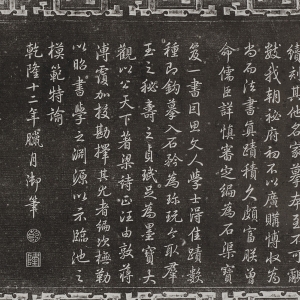
- 清末民初拓 弘历 书 三希堂石渠宝笈法帖诗跋《阅古楼》
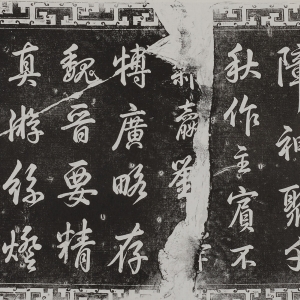
- 晋•王羲之 书《快雪时晴帖》

- 晋·王羲之 书《行穰帖》
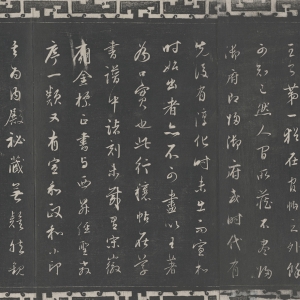
- 晋·王羲之 书《游目帖》
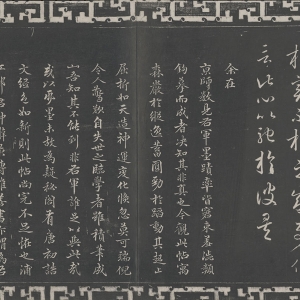
- 晋·王羲之 书《瞻近帖》

- 晋·王献之 书《中秋帖》

- 唐·孙过庭 书《书谱》
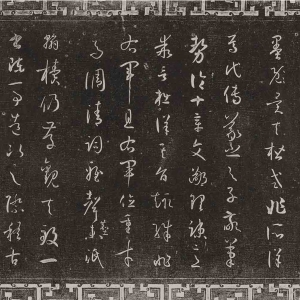
- 唐·怀素 书《论书帖》

- 宋·赵构 书《洛神赋》
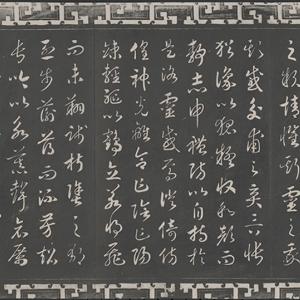
- 宋·苏轼 书《黄州寒食诗帖》
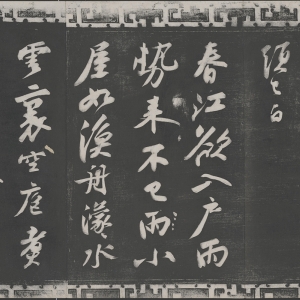
- 宋·黄庭坚 书《花气诗》See More
